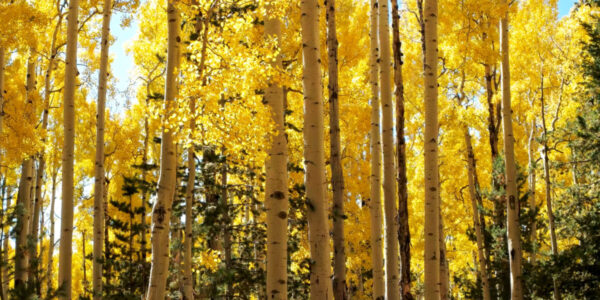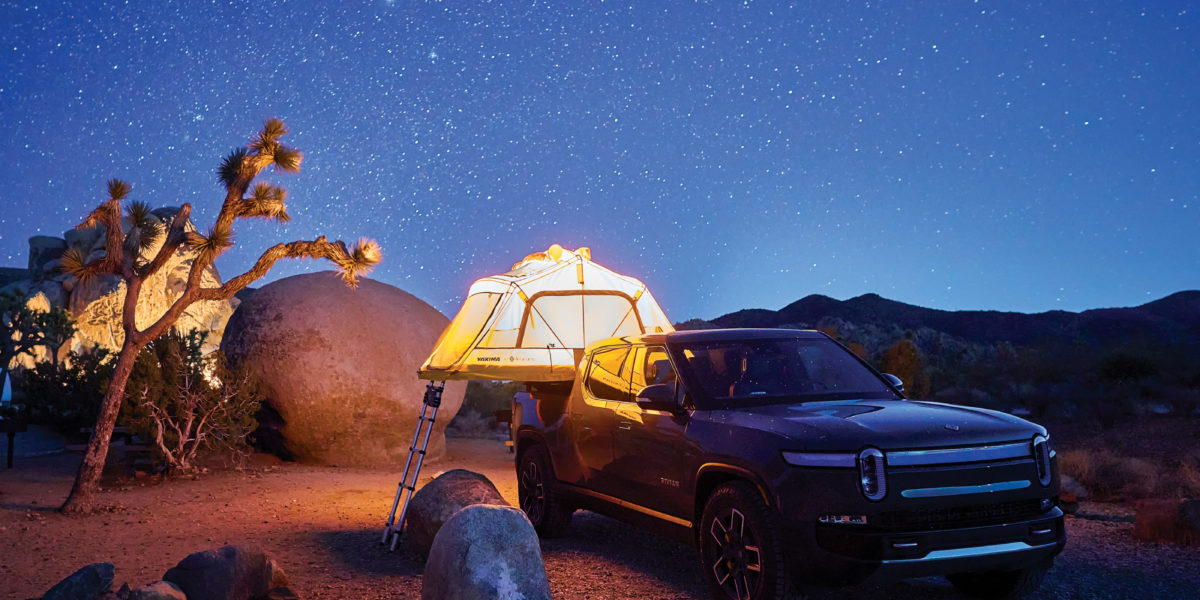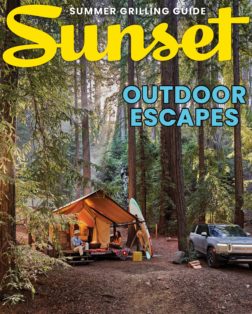
How to Take the Best Stargazing Photos
Grab your camera (or phone) and head out with our expert guidance.

Thomas J. Story
There’s never been a better time to stargaze in the West, as more cities and states make major moves to protect their dark skies. There’s also never been a better time to take epic photos of the stars, as there are plenty of apps and equipment available to help you grab the best shot, whether you’re using an iPhone or a cutting-edge digital camera.
So, grab your lens and equip yourself with the right gear and expert guidance. We asked our longtime photographer Thomas J. Story for his astrophotography tips, whether you’re new to picking up a camera or ready to put together a complete time-lapse video. Our biggest takeaway? Anyone can try their hand at this hobby.
The opportunities are limitless for capturing the beauty of our astral bounty. There are nearly 60 International Dark Sky Places across 13 Western states and more than 40 International Dark Sky Parks, including state or national parks. Utah alone is home to more than 20 certified places, the highest concentration in the United States.
Perhaps most notably, the region boasts two International Dark Sky Reserves, the largest designations that are put together by multiple land managers, including a new one that crosses into Texas well as another in central Idaho.
Here, Story shares how he approaches astrophotography, and how you can do it, too.
1. Use what you have.
You can totally take nighttime time-lapse photos with your iPhone—just put it on Night mode Time-lapse and make sure to mount it on a tripod. Combine that with an intervalometer app like Skyflow or Intervalometer, which help control when and how series of photos are taken, and you can get “pretty good results,” Story says.
If you already have a GoPro on hand, use the camera’s built-in time-lapse mode to capture “day-to-night videos,” Story adds.
As for our longtime photographer, Story uses Sony cameras with a fast 24mm F1.4 lens along with an intervalometer that plugs right into the camera. He sets his ISO to 3200 and shutter at 20 seconds.
2. Be prepared with extra batteries.
“Make sure you have a tripod, charged batteries, or an external USB battery pack to power your gear,” Story says.

Sunset’s Outdoor Living Issue 2022
More from this issue:
- 3 Cabins, 3 Styles: Is This the Ultimate Forest Hideaway?
- These Road Trips Aren’t Just Epic, They Can Be Done in an Electric Car
- Bikepacking 101: Why You Should Try It and How to Get Started
- Feeling the Heat? Try These Drought-Tolerant Plants in Your Garden Now
- Go Ahead, Forage Your Own Food. But First Know the Rules
To achieve circular star trails in a nighttime time-lapse, for example, you’ll need exposures to last more than 30 seconds to create motion blur on the stars from the earth’s rotation. You are essentially taking “30 images per one second of video,” he explains, so plan accordingly.
To help plan a trip, you can use a time-lapse calculator to gauge how long you need to be out there in the dark.
3. Download the right apps.
“There are great apps to show you the night sky on your phone, so you can set up what you want to capture before it gets dark,” Story says.
A great example is SkySafari; simply hold your phone up to the sky to identify constellations, planets and more. Alternatively, Night Sky is hailed by Apple editors as a “planetarium in your pocket.” This app creates 3-D maps of the sky and also offers notifications for upcoming stargazing events.
Our photographer also uses Sun Seeker to “know exactly where the sun is going to be setting.” The app is essentially a compass that “shows the sun’s hourly direction intervals, its equinox, winter and summer solstice paths, sunrise sunset times, twilight times, sun shadow, the golden hour, and more,” according to its creator.
4. “Deep-sky” photography requires more gear.
“If you want to do ‘deep-sky’ photography, there are devices that lock your camera onto the north star and track it with the earth’s rotation so you can photograph nebula, galaxies, et cetera, without motion blur!” Story says.
While these can run on the more expensive side, you can find some solid options around the $500 range. The iOptron SkyGuider Pro Camera Mount Full Package, for example, connects to an app on your phone and offers a handful of tracking speeds.
5. Craft the final product with the right tools.
Story uses an editing tool called LRTimelapse to pull all the images he shoots of the sky into a time-lapse video. However, apps such as iMovie can also do the basics for you.
